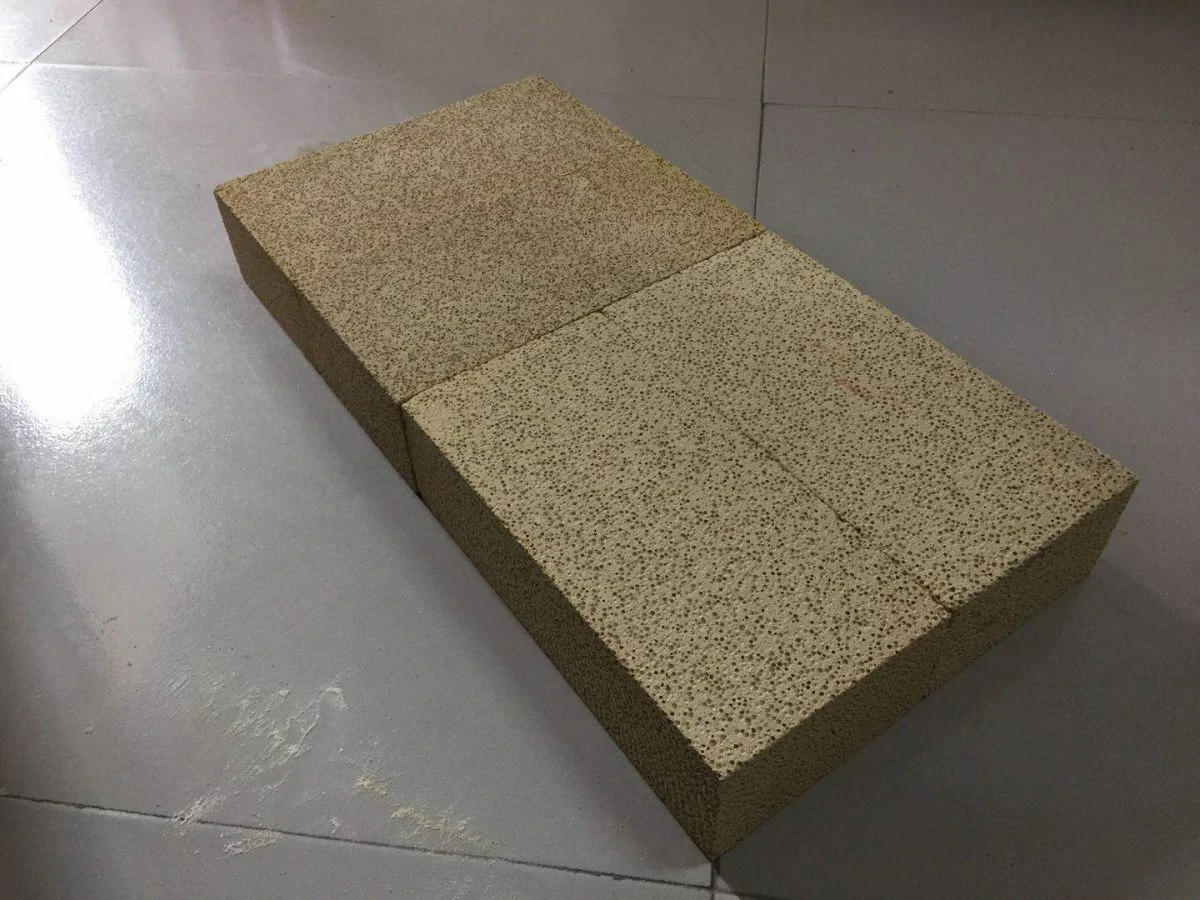When high heat resistance and insulation are required, high alumina brick is often the material of choice. With a composition of more than 70% alumina, these bricks excel at withstanding extremely high temperatures while preventing heat transfer. Their applications span various industries from steel to glass manufacturing.

The Benefits Of High Alumina Insulating Brick
Thermal Shock Resistance
High alumina insulating bricks contain high percentages of magnesium, chrome and silica that produce mullite crystals upon firing. This characteristic crystalline structure endows the bricks with exceptional thermal shock resistance up to 1500°C. Rapid heating/cooling cycles don’t compromise their integrity.
Refractoriness
Alumina’s high melting point of over 2000°C translates to class-leading refractoriness in high alumina bricks. They maintain stability and don’t deform or slump even under prolonged exposures to high heat up to 1600°C, making them well-suited to fiery environments.
Heat Insulation
While conducting very little heat themselves, high alumina bricks impede heat transmission through air pockets in their porous bodies. This low thermal conductivity of only 1.3-1.5 W/mK shields surrounding areas very effectively from high temperatures. Energy efficiency gains result.
Common Industries/Applications:
Steelmaking: Lining of furnaces, ladles, soaking pits to withstand molten metal and slags.
Glassmaking: Refractory linings of lehrs, melt furnaces and forming sections up to melting heat.
Ceramics: Kilns, dryers and setting areas requiring thermal shock resistance.
Cement: Linings of rotary kilns, preheaters and coolers handling hot exhaust gases.
Waste incineration: Hearth and boiler walls in waste-to-energy plants.
Superior features like easy machinability for complex shapes and resistance to thermal shocks from abrupt solidification enable high alumina bricks to deliver reliable service life under grueling process conditions. Combined with competitive pricing, this makes them a smart economic choice wherever extreme heat handling is a requirement.
